
Learning About Garlic
Hello Everyone! Today I want to talk to you about Garlic. I’m getting ready to publish our garlic video from earlier this spring and I want to make sure you have access to our Garlic Grow Guide.

Choosing Garlic Varieties
- Hardneck garlic varieties typically thrive in colder climates and produce a stiff central stem with fewer, larger cloves. They often have a more robust flavor and are ideal for regions with harsh winters.
- Softneck garlic varieties are better suited for milder climates and have a flexible stem that can be braided. They usually produce more cloves per bulb and have a milder taste.

- Colder Climates: These are typically regions with lower USDA Plant Hardiness Zones, such as zones 3 to 6. These areas experience harsh winters with freezing temperatures and shorter growing seasons. Hardneck garlic varieties are better suited for these climates due to their ability to withstand colder temperatures and their requirement for a period of cold dormancy to produce larger bulbs.
- Milder Climates: These are regions with higher USDA Plant Hardiness Zones, such as zones 7 to 10. These areas generally have milder winters with fewer freezing days and longer growing seasons. Softneck garlic varieties are well-adapted to these climates as they prefer milder temperatures and do not require a cold dormancy period to produce bulbs.
Understanding your specific USDA Plant Hardiness Zone can help determine which garlic varieties are best suited for your local climate and growing conditions.
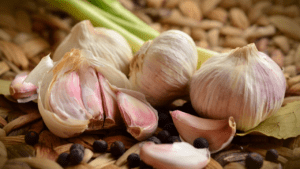
- Planting Time:
- Fall planting: Plant garlic cloves in the fall, about 4-6 weeks before the ground freezes. This allows the cloves to establish roots before winter sets in.
- Spring planting: If you miss the fall planting window, you can still plant garlic in early spring as soon as the soil can be worked. However, fall planting is generally preferred for larger bulbs.
- Preparing the Soil:
- Choose a sunny location with well-draining soil.
- Amend the soil with compost or well-rotted manure to improve fertility and texture.
- Planting Garlic:
- Break apart the garlic bulb into individual cloves, leaving the papery skin intact.
- Plant cloves pointy side up, about 2-3 inches deep and 6-8 inches apart in rows spaced 12-18 inches apart.
- Watering and Fertilizing:
- Keep the soil consistently moist, especially during the growing season, but avoid waterlogging.
- Fertilize garlic with a balanced organic fertilizer in early spring when the plants begin actively growing. Apply fertilizer according to package instructions.
- Weed Control:
- Keep the garlic bed free of weeds, as they can compete with garlic for nutrients and water.
- Harvesting:
- Garlic is typically ready for harvest in late spring or early summer, once the lower leaves have turned brown and started to dry out.
- Use a garden fork to gently loosen the soil around the bulbs, then carefully lift them from the ground.
- Allow harvested garlic bulbs to cure in a warm, dry, well-ventilated area for 2-4 weeks to improve flavor and storage life.

- Sprouting and Green Tops:
- Garlic may start to sprout in late winter or early spring as temperatures rise.
- You can harvest the green tops (scapes) of hardneck garlic without disturbing the plant. Simply cut them off when they form curly stems, typically in late spring. This encourages bulb development.
- You can harvest green tops every year without harming the garlic plant.
By following these steps, you can successfully grow organic garlic in your backyard garden, whether you choose hardneck or softneck varieties. For more information, check out our planting video below.

Links to Products We Used in This Video:
Neptune’s Harvest Fish Fertilizer: https://amzn.to/3vhe29d
EZ Straw: https://amzn.to/3VfnDbb (remember it is much cheaper at Ace Hardware if you can get it there!)
Landscape Staples we use: https://amzn.to/49MiDPJ
Espoma Garden Tone: https://amzn.to/3v5Ae6e

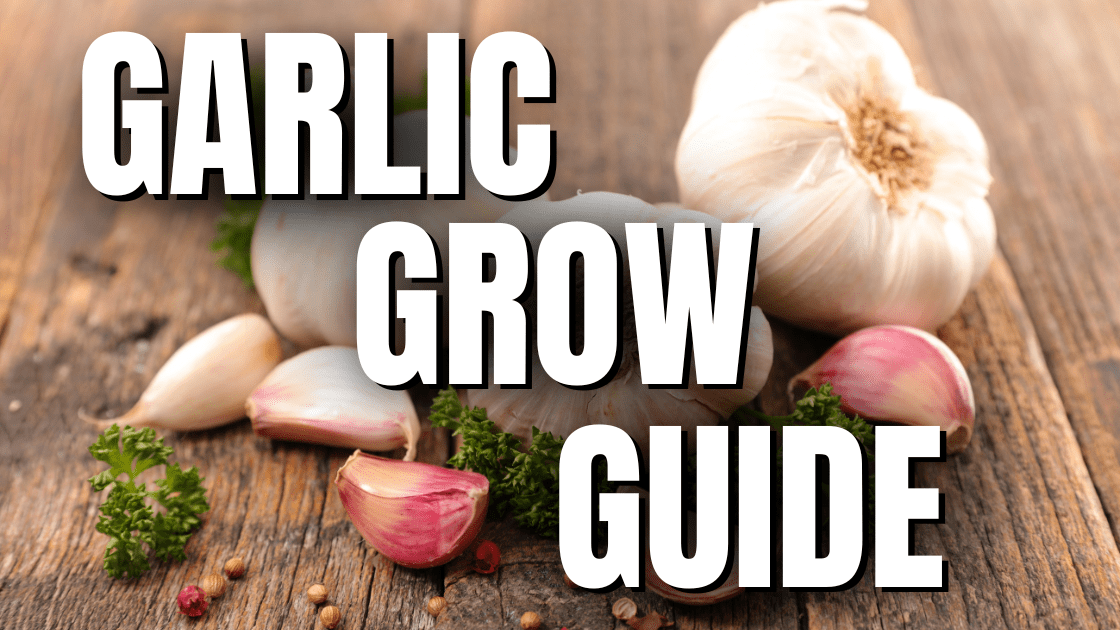
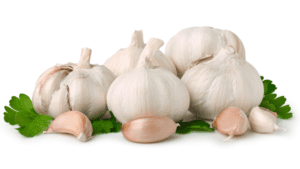
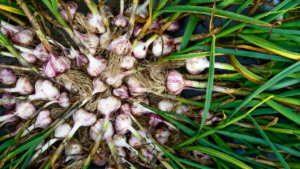

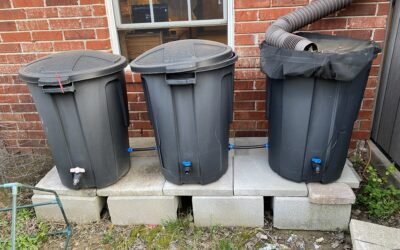
0 Comments